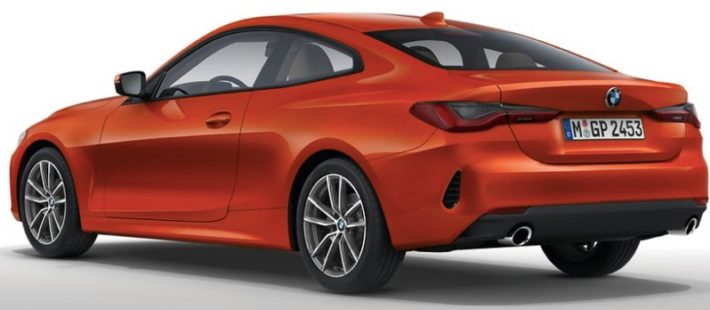A four-way partnership between LyondellBasell (one of the largest plastics, chemicals, and refining companies in the world) Rehau (a well-known 1st tier supplier for painted plastic exterior components in the automotive industry), TU Chemnitz, and Eschmann Textures led to the development of a rear lower trim diffuser for BMW.
They took up the challenge launched by BMW and they announced the successful creation made of polypropylene foam featuring an excellent surface finish. Moreover, thanks to its lightness, it aligns with the environmental sustainability objectives set by BMW. The piece, meant for a new model of the German company, is already being produced on an industrial scale.
The project combines the capabilities of the partners
LyondellBasell has developed the Hifax TYC 2182F grade, a polypropylene-based compound for physical expansion, formulated for the production of external components of vehicles characterized by long flow paths and thin walls, capable of satisfying at the same time high requirements for resistance to scratches.
Rehau took care of the design and injection molding with the physical expansion of the component, while Eschmann Textures brought its expertise in the ceramic coating of the mold cavities, which facilitates the flow of the resin (with benefits on the cycle time) and improves the finish. superficial, avoiding corrosive phenomena. This solution has been validated by researchers at the Technische Universität Chemnitz after optical and tactile tests performed on over 10 thousand molding cycles.
The success of this project has not only been achieved thanks to the expertise of all companies involved but, more importantly, due to their readiness and willingness to change practice.
Source: Polimerica













